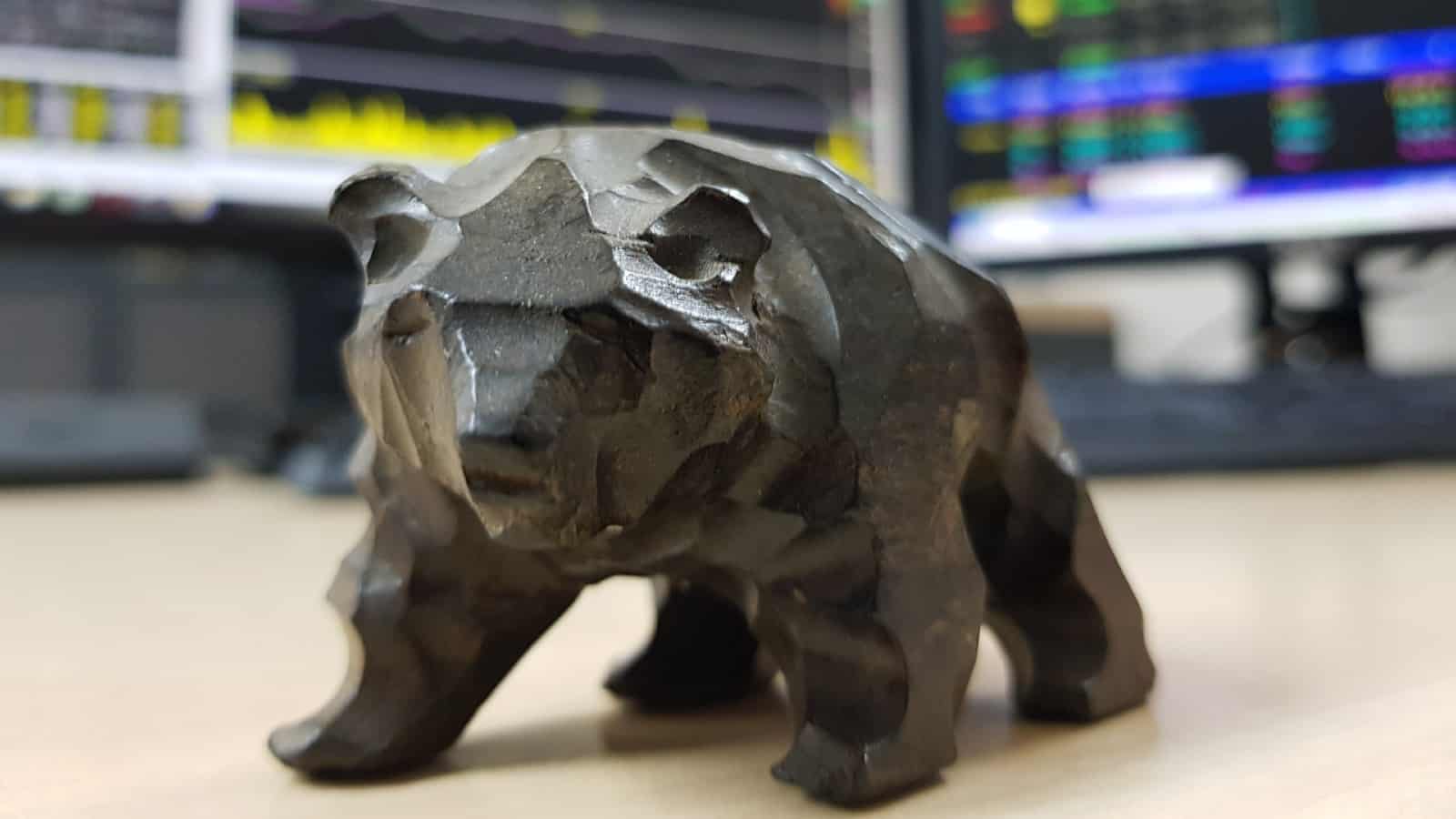2022 has been a bad year for stocks with many major indexes, including the S&P 500, the Nasdaq 100, and the UK’s FTSE 250, dipping into bear market territory. This means they’ve fallen 20% or more from their recent highs.
While bear markets can be painful in the short term, they can also provide amazing opportunities for those with long-term investment horizons, like myself. That’s because they tend to bring share prices right down, enabling investors to ‘buy low’ and potentially ‘sell high’ later on.
Having said that, investors do have to be a bit careful during such times as market conditions can be treacherous. With that in mind, here’s how I’m investing my money right now.
Passive income stocks: our picks
Do you like the idea of dividend income?
The prospect of investing in a company just once, then sitting back and watching as it potentially pays a dividend out over and over?
If you’re excited by the thought of regular passive income payments, as well as the potential for significant growth on your initial investment…
Then we think you’ll want to see this report inside Motley Fool Share Advisor — ‘5 Essential Stocks For Passive Income Seekers’.
What’s more, today we’re giving away one of these stock picks, absolutely free!
Two things to know about bear markets
Before I get into my strategy, I first want to highlight two key features of bear markets. It’s important to understand how they work.
The first thing to understand is that they can take time to play out. While the bear market that occurred during the early days of Covid-19 in 2020 only lasted about a month (this was the shortest one on record for the S&P 500), they can last much longer. Indeed, the average length from peak to trough is about 12 months, according to research from Ben Carlson, a portfolio manager at Ritholtz Wealth Management. Some have even lasted over 20 months.
Secondly, we tend to see frequent ‘bear market rallies’. These are brief market rebounds (often around 5-10%) amid a longer-term downward trend. When they occur it can feel like the bear market is over. As a result, investors pile back into the market. When the market then heads lower again however, these investors are hit with losses.
How I’m investing right now
In light of these two characteristics, I’m investing in a very specific way right now. Firstly, I’m drip-feeding money into the market and just ‘nibbling’ at stocks I like, instead of going ‘all in’.
While many shares look cheap right now, it’s important to remember that this bear market has only been going for a few months. It could last for a while yet and there could be lower lows to come. I don’t want to blow all my spare capital now. Instead, I want to have some capital in reserve in case shares fall another 10% or 20%.
Secondly, I’m trying to buy stocks after prolonged periods of market weakness and not when the market is rallying. So if markets have fallen four days straight, I’ll put a little bit of money to work on the fourth.
By contrast, if markets have had a few consecutive up days, I’ll wait for a pullback before buying. This strategy doesn’t guarantee I’ll buy stocks at the best prices, of course. However, it does provide a bit of protection from bear market rallies.
Finally, I’m investing in high-quality, resilient businesses. The reason we’re in a bear market is that economic conditions are challenging. We could be about to see a recession. I want to invest in companies that are guaranteed to survive.
So I’m looking for businesses with stable revenues and cash flows, and strong balance sheets. I’m also spreading my capital out over many different companies for diversification. This should set me up well when the market eventually recovers.







